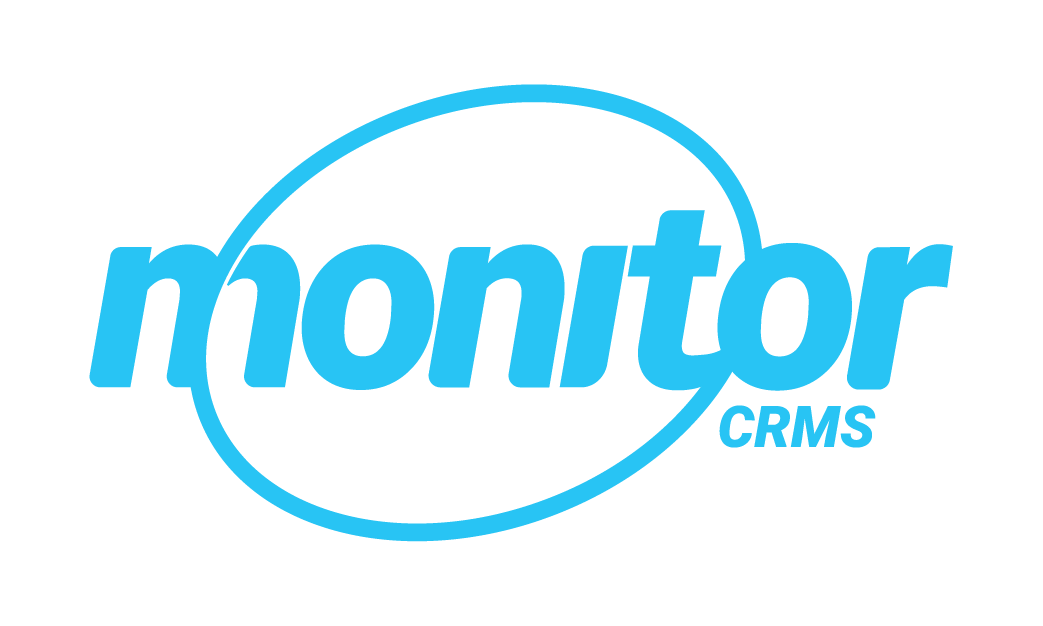The Importance of Good Data
Cover Image: Courtesy of Australian Bureau of Statistics
The 2021 Census Day has come and gone. The results will provide a unique snapshot into our lives through the COVID-19 pandemic.
Governments, communities, and businesses rely on this data to better understand and plan for outcomes for their communities, including in economic development.
Census data is captured every 5 years, with the August 10 Census results expected to be released from June 2022. For all its usefulness, census data can quickly become outdated, and we are forced to look to other data sources, predictions and forecasts to steer our economic development initiatives.
The pandemic has reinforced the value of current and available data to guide planning and support decision making for industry and business. However, up to date data and the associated insights it provides is often difficult to find and access, particularly at the industry or community level.
There are a few ways that you can address these issues:
Having a current and dynamic database
Monitor CRMS utilises ABR data, which is updated frequently, particularly when compared with the Census. However, ABR data is not without its flaws. Most economic development professionals have struggled with the issue of tax agents and accountants registered as the main point of contact for a business, or the myriad of trusts and deceased estates that clutter the ABR data.
To address these issues and improve the reliability of the data, Monitor CRMS cleans the data and overlays your customised data sets, such as business contact spreadsheets and mailing lists, to provide you with an extensive and up to date database.
Whilst the Census data captures a point in time, Monitor CRMS provides a real time database that can be relied upon in the dynamic environment we find ourselves in.
Consistent data through engagement
The ability to regularly survey your business community or capture engagement data with consistent themes is extremely valuable for your future Economic Development strategies, community planning and master planning. These datasets will paint a picture on an individual, business or industry sector.
Segment, target and communicate
The end goal of capturing the data is great, but survey and engagement burnout is real. How can you ensure you can find the right people to respond, without the business community tuning out your message?
You need the ability to segment your database by industry or location, target a cohort of your community, and communicate with them. Sometimes, however, you also need to segment outside of the strict confines of industry and geography.
For us, the answer is tagging. Tags in Monitor CRMS allow our users to create unique identifiers for their database. Some real-world examples include a grants program, or the COVID safety pack program through the Business Concierge service recently implemented across Victoria.
Through tagging, you can segment a cohort, create a campaign through the Monitor CRMS tools, and share your survey with a part of the community who are more likely to engage with your content, through the engagement functions. This will provide reliable data for insights and trends, with a frequency that works around your timelines or projects.
Whilst these steps may seem like common sense, all too often we see that the tools don’t enable the establishment of a dynamic and up to date database to facilitate targeted engagement.
